(XNUMX) Introduction to the fault of the rotor system misalignment
Rotor misalignment usually refers to the degree of inclination or deviation between the axis centers of two adjacent rotors and the center lines of the bearings.Rotor misalignment can be divided into coupling misalignment and bearing misalignment.
1. Types of rotor misalignment
The misalignment caused by the change of the relative position of the bearing centerline and the axis of the rotating shaft is called bearing misalignment.Bearing misalignment includes two situations: deflection angle misalignment and elevation change.The article on the coupling misalignment of the rotor system pointed out that the change of the relative position of the rotor and the bearing will produce additional bending moment, which will redistribute the bearing load, thereby affecting the stability of the entire shafting system.At present, self-aligning bearings are often used, and it is easy for the deflection angle of the bearing to be misaligned. In actual situations, the change in the elevation of the bearing position causes the bearing load to be redistributed, which affects the stability of the entire shafting system.
Large-scale rotating machinery usually consists of multiple rotors, each of which is connected by a coupling to form a shaft system to transmit motion and torque.Due to the installation error of the machine, thermal expansion under working conditions, deformation after load, and uneven settlement of the machine foundation, it may cause misalignment between the rotor axes when the machine is working. This misalignment failure is called a coupling Misalignment.The misalignment of the coupling will cause the angular velocity difference between the driven shaft and the driving shaft of the rotor system, and this difference will act as an excitation to cause the rotor to generate complex vibrations.The misalignment of the plum blossom elastic coupling can be divided into parallel misalignment, deflection angle misalignment and parallel deflection angle misalignment.
Most modern high-performance aero-engines use internal and external multi-rotor systems, and the more common one is a dual-rotor system structure.Compared with the single-rotor system structure, its working condition is more complicated.The rotor system of an aeroengine includes a low-pressure compressor rotor, a high-pressure compressor rotor, a stage I turbine rotor, a stage II turbine rotor, etc. These rotor systems are connected to each other through inter-shaft bearings or cones.Due to coupling errors, there will also be misalignment between the rotor systems.For single-span rotor systems, the main research is on bearing misalignment, and for multi-span tandem rotor systems, the main research is on coupling misalignment.For internal and external multi-rotor systems, the main research is the misalignment of the supporting bearing and the misalignment of the intermediate bearing.
2. Reasons for rotor misalignment
There are two main reasons for the misalignment of the rotor system: manufacturing errors, installation errors and other influences.
(1) Manufacturing error.During the machining of the coupling.Due to process or measurement, the end face is not perpendicular to the axis line or the center of the end face bolt hole is not concentric with the journal.In this case, an additional bending moment will be generated at the coupling, but the magnitude and direction of this bending moment do not change with time and operating conditions. It is only equivalent to applying an unbalanced force at the coupling, as a result Large first-order vibration is generated near the coupling, and it is easy to add a balance weight.
(2) Installation error and other influences.After eliminating the misalignment caused by machining errors, the misalignment can actually be divided into cold misalignment and hot misalignment.Among them, cold misalignment mainly refers to poor alignment caused by installation errors at room temperature; thermal misalignment refers to the misalignment of the unit due to factors such as temperature during operation. The main reasons are: uneven heating of the foundation; The thermal expansion and distortion of the components of the unit; the friction of the sliding surface and the wear of the guide key during the thermal expansion of the unit cause the bearing seat to tilt and sideways; due to the flexibility and uneven weight distribution of the rotor, the rotor produces original bending after installation. This affects the center; the foundation sinks unevenly.
3. Features of rotor misalignment
The main characteristics of the rotor misalignment fault are:
(1) Change the supporting load of the bearing, so that the oil film pressure of the bearing also changes, and the load is reduced, and the oil film instability may occur in the bearing;
(2) Large vibrations are often on the bearings on both sides of the misaligned gear coupling, and the vibration amplitude is related to the load of the rotor, which increases with the increase of the load;
(3) Parallel misalignment mainly causes radial runout. The vibration frequency is twice the fundamental frequency, and there are also multiple fundamental frequency vibrations. However, the main frequency is the double fundamental frequency and the double fundamental frequency. The more serious the misalignment, the double frequency The larger the proportion;
(4) When the coupling is misaligned, the axial vibration is large, the vibration frequency is doubled, and the vibration amplitude and phase are stable;
(5) The typical axis trajectory is banana-shaped with positive precession.
When the crane is working, the misalignment of the coupling between the reducer and the motor of the hoisting mechanism and the luffing mechanism, or the shaft between the two due to excessive installation errors, will cause the vibration of the machine, the wear of the bearing and the shaft Deflection and deformation will cause the high-speed shaft of the reducer to break in serious cases, which poses a great threat to the normal operation of the system. From the recent several accidents of the crane reducer shaft broken, it may be caused by such factors. of.
(XNUMX) The installation process of the gantry crane
Under the social background of social economic growth, my country’s modern industry has also achieved development. In order to better meet the needs of contemporary society for industrial construction, the gear coupling has continuously introduced modern equipment in industrial production, and among many equipment , Bridge gantry crane is one of them.Because the bridge gantry crane has higher requirements in the running mode, it is important to do its inspection work well.However, due to many factors, there are still some problems in the inspection process that need to be improved, so it is necessary to pay full attention to its inspection work.
The quality of the installation has a great influence on the normal use of the bridge gantry crane, and the unqualified installation of the equipment can easily lead to accidents.In the installation process of the bridge gantry crane, there are mainly the following problems: First, the equipment foundation does not meet the requirements.Based on the work content of the bridge gantry crane, it usually has a higher load-bearing capacity requirement, and the equipment itself is also large. Therefore, for the normal use of the equipment, the level and stability of the ground should be as stable as possible during installation. .However, in the actual installation process, due to the lack of awareness of the installer or the craftsmanship does not meet the requirements, the equipment was not installed strictly in accordance with the relevant standards, which caused the equipment to fail to operate normally after the installation was completed.Therefore, in the equipment installation process, the relevant departments must not only install the reasonable design during the design process, but also strictly take the design as the basis, and carry out the installation work. Second, the distance between the moving parts and the power line is not up to standard.According to relevant regulations and standards, no part of the bridge gantry crane should be in contact with the live power line during use, otherwise it will not only easily damage the equipment, but also seriously threaten the personnel of the staff.Third, the installation is not in place or the switch is missing.The weight limiter plays a very important role in the operation of the bridge gantry crane. Once the equipment exceeds the limited weight range during the operation of the equipment, the crane will automatically cut off the power supply.However, in actual installation, there is a situation that the weight limiter is not installed properly, resulting in the failure of the weight limit protection function.In addition, the lack of switches is also a common problem, causing the emergency power off switch to not be able to emergency power off when it fails, and it cannot achieve the protection of equipment and personnel.To avoid these problems, the equipment must be installed in strict accordance with the standards, and the debugging work must be fully done so that all components can be used normally.
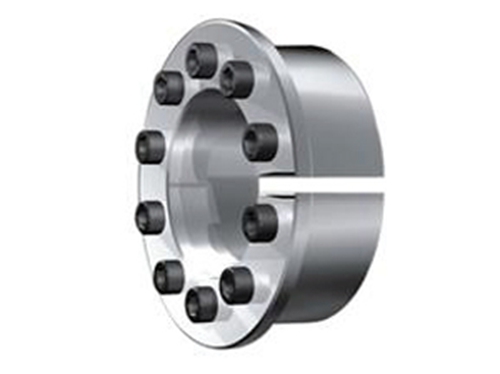 Z16 type expansion joint sleeveThe variety and quality of Z16 expansion joint sleeves are stable.The company's equipment, technology...
Z16 type expansion joint sleeveThe variety and quality of Z16 expansion joint sleeves are stable.The company's equipment, technology...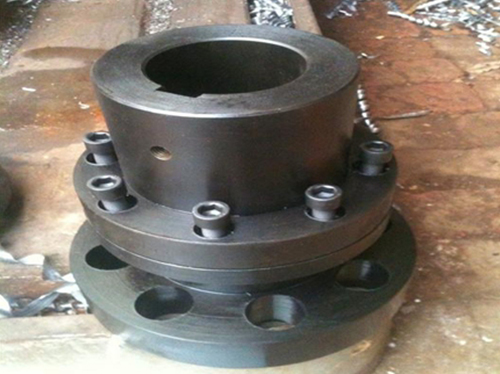 Special-shaped coupling modification productsThe special-shaped coupling modification products are characterized by simple structure, easy installation, changeover...
Special-shaped coupling modification productsThe special-shaped coupling modification products are characterized by simple structure, easy installation, changeover...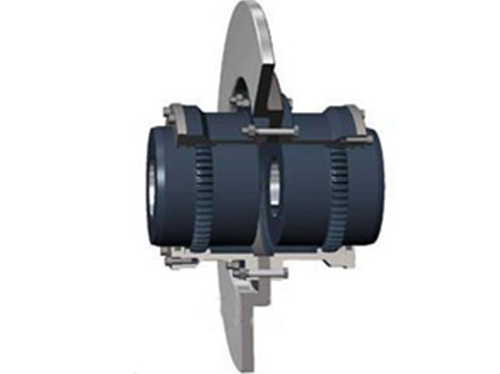 WGP drum gear couplingWGP drum gear coupling can allow larger angular displacement (relative to straight gear coupling), which can...
WGP drum gear couplingWGP drum gear coupling can allow larger angular displacement (relative to straight gear coupling), which can...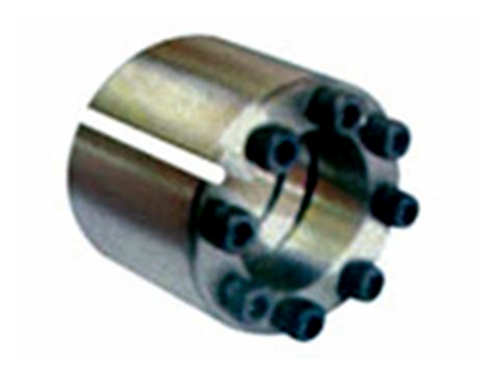 Z12B type expansion joint sleeveThe Z12B type expansion coupling sleeve can combine the shaft hub with a larger fit gap. When disassembling, the bolt...
Z12B type expansion joint sleeveThe Z12B type expansion coupling sleeve can combine the shaft hub with a larger fit gap. When disassembling, the bolt...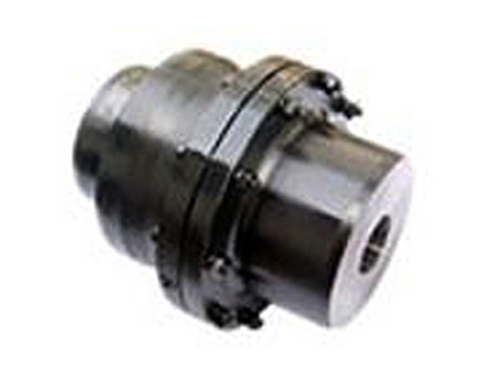 GICLZ drum gear couplingGICLZ drum-shaped gear coupling drum-shaped tooth surface makes the contact conditions of the inner and outer teeth...
GICLZ drum gear couplingGICLZ drum-shaped gear coupling drum-shaped tooth surface makes the contact conditions of the inner and outer teeth...